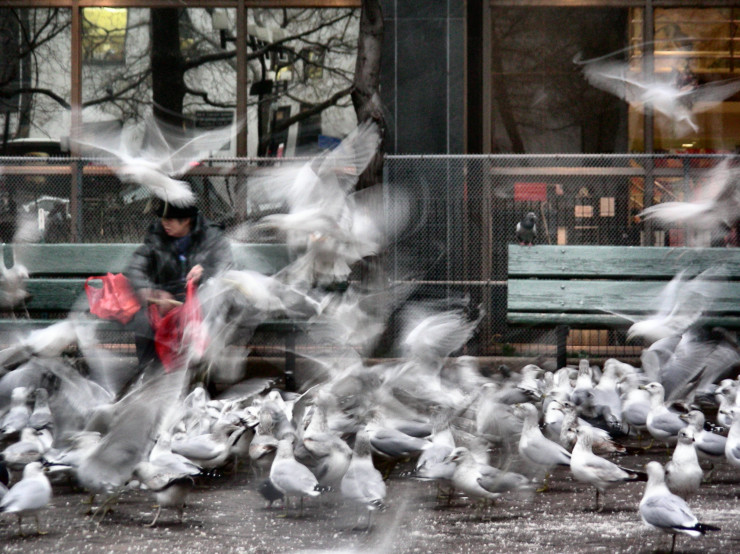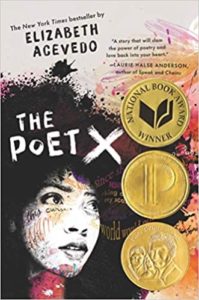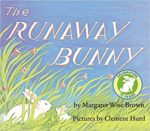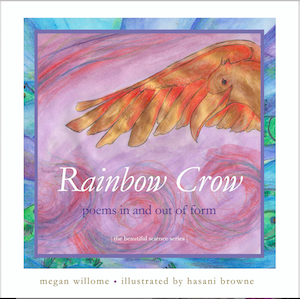Mrs. Galiano’s Sticky Note on Top of Assignment 1
Xiomara,
Although you say you’re only “dressing your thoughts in poems,” I’ve found several of your assignments quite poetic. I wonder why you don’t consider yourself a poet?
Why indeed? Xiomara is a poet—The Poet X—but it will take the entire book to discover herself … one poem at a time.
The Poet X is built around five assignments in a high school English class:
1. Write about the most impactful day of your life.
2. Last paragraph of My Autobiography.
3. Describe someone you consider misunderstood by society.
4. When was the last time you felt free?
5. Explain your favorite quote.
Xiomara Batista, age 15, writes two versions of most of these assignments — a poem (which she does not turn in) and a short essay (which she does). For assignment 4, she writes two poems before finding her way to a completed essay. For the last assignment — which comprises the last two pages of the book — the first and final draft are the same.
Like Jaqueline Woodson’s Brown Girl Dreaming and like The Crossover by Kwame Alexander, The Poet X by Elizabeth Acevedo is a novel composed of poems. That technique has become my favorite way to receive a story. While Woodson’s book is about an elementary-age girl and Alexander’s is about middle school twin boys, Acevedo’s story is about a girl who is in with a high school, and accordingly, it’s for an older audience.
The Poet X won the 2018 National Book Award for Young People’s Literature along with the Michael L. Printz Award and the Pura Belpré Award. Acevedo has gone on to write With the Fire on High, and Clap When You Land releases this month.
Like her heroine, Acevedo found herself in spoken word poetry — she is a National Poetry Slam Champion. The first time Xiomara hears this poetic form, in “Spoken Word,” she says, “I don’t breathe for the entire three minutes.” Listen to this recording of Acevedo read the first few poems of the book, and see if you don’t hold your breath as well.
Since this is a book about a young woman becoming a poet, it is composed of different types of poems. “Ants,” smack in the middle of the book, looks unlike any of the others, written in diagonal lines that look like ant trails and extend across four pages.
There are not many haiku in the book, but I gravitate toward them. This one plays off Emily Dickinson’s “Hope” is the thing with feathers:
Hope Is a Thing with Wings
Although I doubt it,
hope flies quick into
my body’s corners
These three lines tell us so much about Xiomara. She’s quick to doubt. The reference to her body’s corners addresses her tendency to fight with all four limbs to protect herself and her twin brother, Xavier, whom she calls Twin. The word “corners” also nods toward what it feels like to fall in love for the first time, as Xiomara does with a boy named Aman.
Here is the last stanza from one of her love poems about Aman titled “What I Didn’t Say to Caridad in Confirmation Class”:
He is not elegant enough for a sonnet,
too well-thought-out for a free write,
taking too much space in my thoughts
to ever be a haiku.
Her first sexual feelings are complicated by how Xiomara feels as a frequent target of the male gaze. Here is the first stanza of “How I Feel About Attention:”
If Medusa was Dominican
and had a daughter, I think I’d be her.
I look and feel like a myth.
A story distorted, waiting for others to stop
and stare.
Much of the novel concerns the conflict over Catholicism between Xiomara and her mother, Altagracia. The poem “Rumor Has It,” says Altagracia is a woman who hasn’t “ever forgiven Papi / for making her cheat on Jesus.” That’s because “the only man Mami wanted / was nailed to a cross.” That’s not what Xiomara wants, and yet the vocabulary of the church informs everything about this book. Even its divisions reflect biblical language: “Part I: In the Beginning Was the Word,” “Part II: And the Word Was Made Flesh,” “Part III: The Voice of One Crying in the Wilderness.”
I can’t remember the last time I read a novel with such a genuine and heart-wrenching account of a family conflict that is both religious and personal. Altagracia and Xiomara both turn to Father Sean, who acts as intermediary, eventually helping them understand each other and rediscover their love. But the story doesn’t end in cliché; Xiomara neither becomes a nun nor swears off church forever. She’s too smart for either ditch. After all, she wants to know if the entire Bible is a poem.
In the final assignment, Assignment 5, we find Xiomara charting her own path forward. She knows who she is: Xiomara. Xio. The Poet X. Or just X. She contains multitudes. She speaks them with passion. She’s gonna be just fine.
_______________
The next Children’s Book Club will meet Friday, June 12. We’ll read The Runaway Bunny by Margaret Wise Brown, illustrated by Clement Hurd. In June we will also be learning a special summer poem from Brown for our monthly By Heart column, so stay tuned!
Photo by hobvias sudoneighm, Creative Commons, via Flickr. Post by Megan Willome.
Browse more Children’s Book Club
“Megan Willome has captured the essence of crow in this delightful children’s collection. Not only do the poems introduce the reader to the unusual habits and nature of this bird, but also different forms of poetry as well.”
—Michelle Ortega, poet and children’s speech pathologist
- Perspective: The Two, The Only: Calvin and Hobbes - December 16, 2022
- Children’s Book Club: A Very Haunted Christmas - December 9, 2022
- By Heart: ‘The night is darkening round me’ by Emily Brontë - December 2, 2022




Leave a Reply